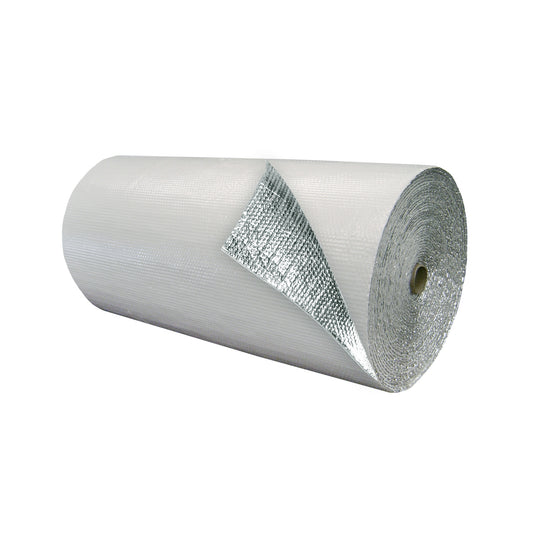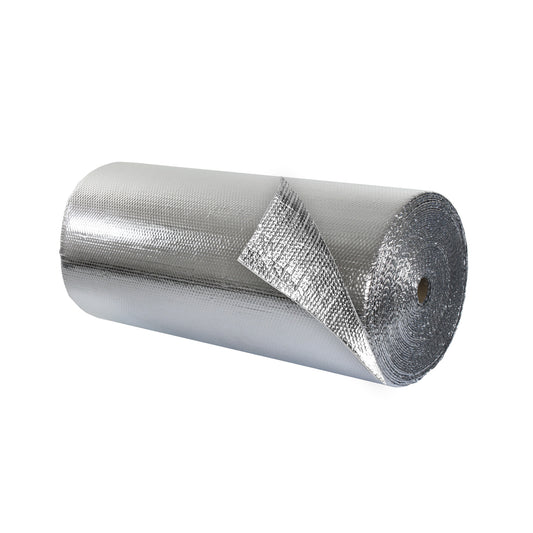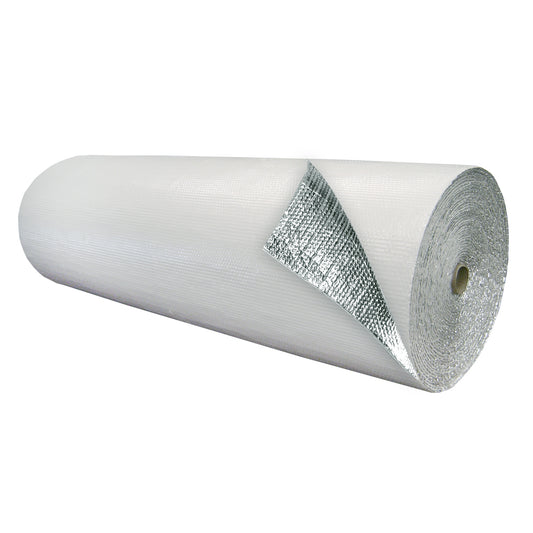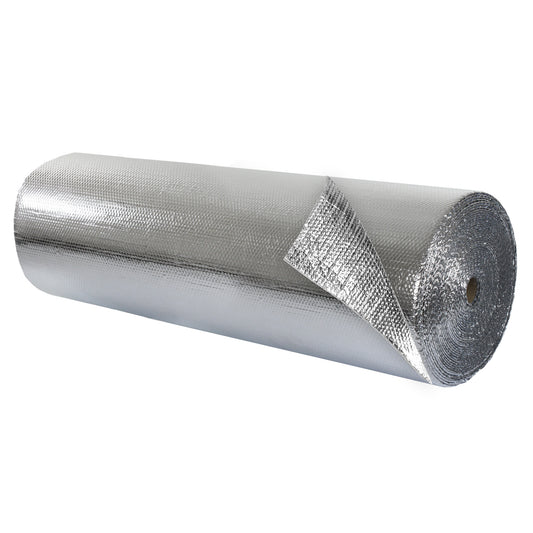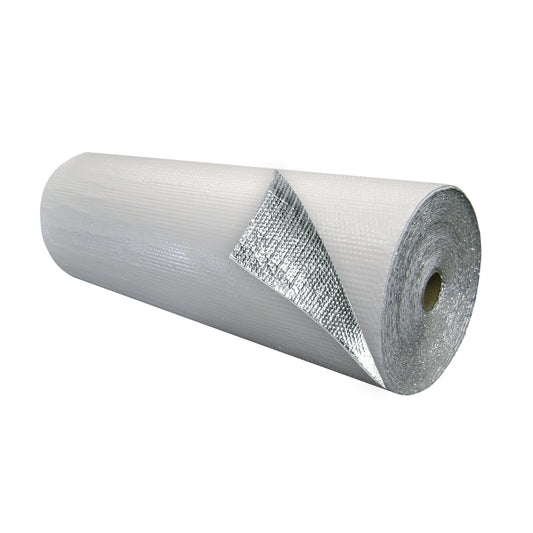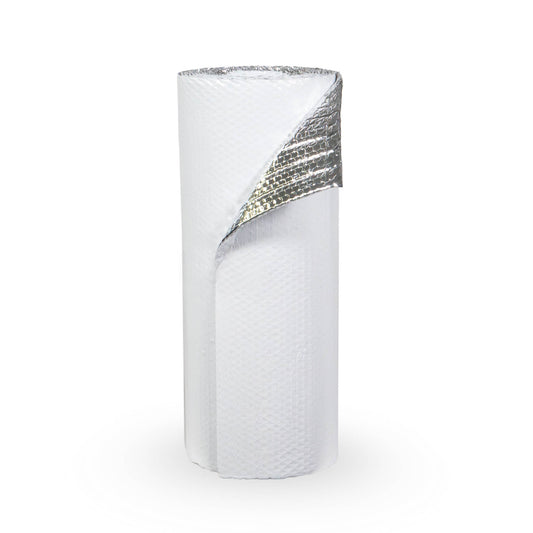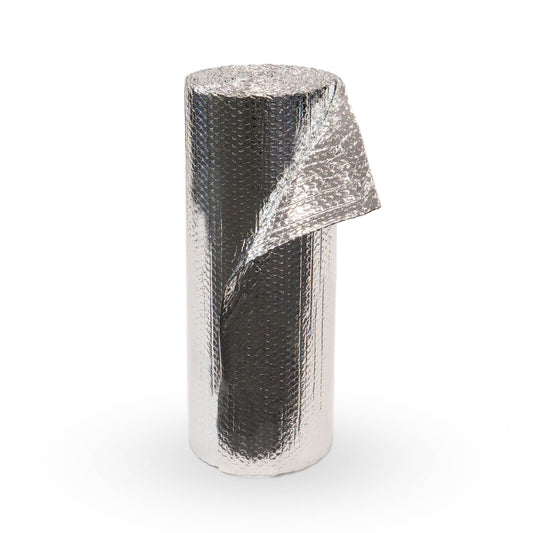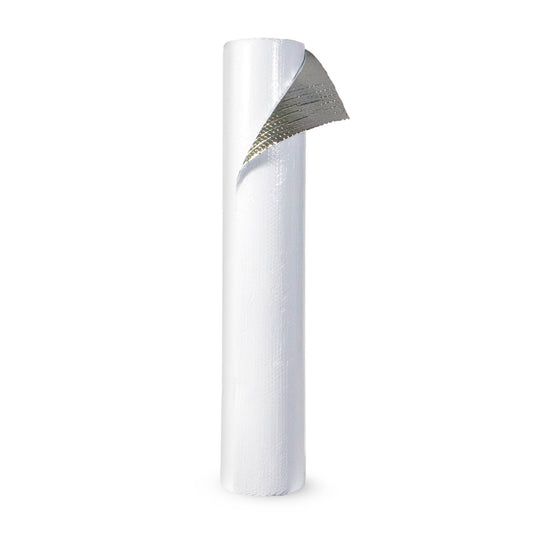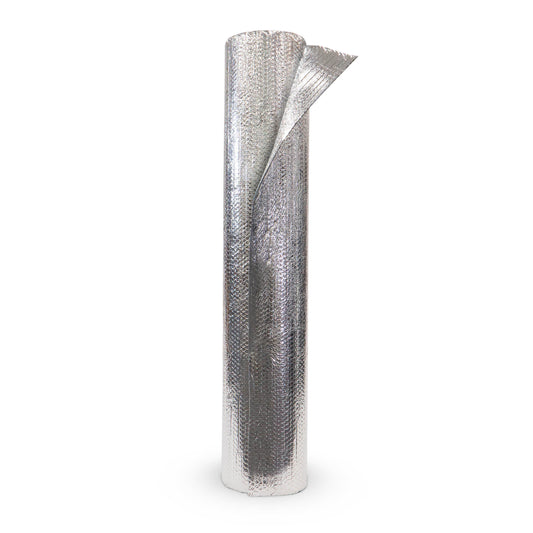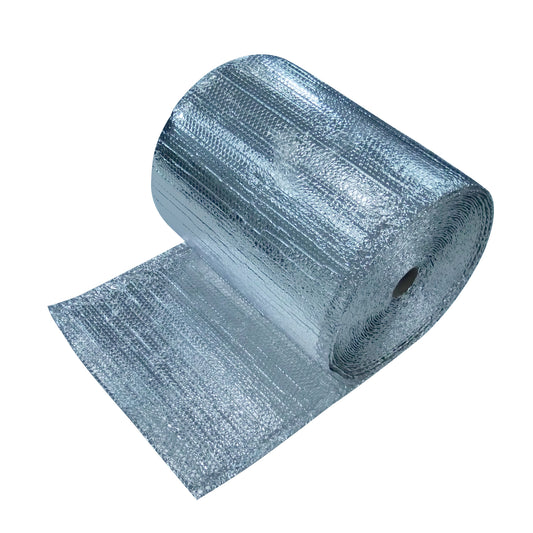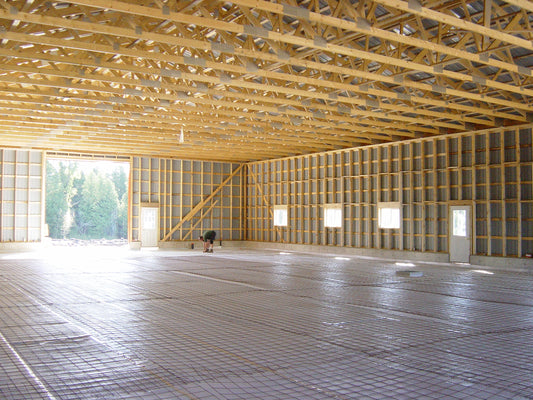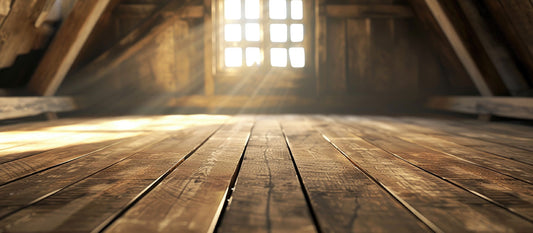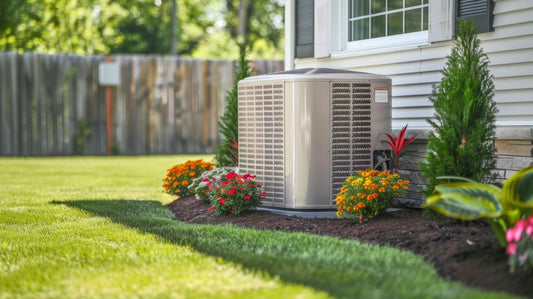Whether you’re a farmer, a mechanic, or someone who needs a nice open space to work and store machinery, pole barns are a great solution. These post frame buildings have become so popular that people want to build homes in this particular style called “barndominiums.”
One thing that some builders argue on is whether to insulate a pole barn. Underestimating the importance of installing reflective insulation in these structures will have a slew of events that can really damage your building.
We get to the bottom of this debate on whether it’s worth investing in pole barn insulation and provide our solutions on how to install this insulation in your structure.
What Are Pole Barns?
Pole barns are a type of post frame building traditionally seen on farms or other agricultural sites. These buildings are made using wood framing covered in steel sheets for both the sides and the roof of the structures.
Both the metal and wood are incredibly conductive and will transfer a lot of radiant heat into the building, warming the inside up if not ventilated properly. This is especially true during the summer, when high temperatures and broad sunlight beam down on these structures, cooking up anything inside. Besides an increase in temperature, non-insulated pole barns will have more problems caused by higher moisture levels like condensation buildup, growth of mold and mildew, and strained HVAC systems.

Benefits of Insulating a Pole Barn
While it’s pretty obvious we at EcoFoil are all for using insulation, it comes with good reason. Pole barn insulation, when installed with reflective foil insulation, can have numerous benefits to your building:
1. Reduces Heat Transfer
Reflective insulation products like bubble foil insulation and radiant barrier blocks up to 96% of radiant heat transfer. This occurs from the insulation reflecting the radiant heat away from the building, as well as reflecting the air inside the pole barn back inward. Because of the nature of the reflective insulation, temperatures remain at comfortable levels inside, causing less energy to maintain climate control (see the next bullet point).
2. Lowers Energy Costs
With less heat transfer entering your pole barn, you pay less in energy bills if you have an HVAC system or other climate control setup installed. This upfront investment in reflective insulation will be much less than the energy costs and repairs needed to combat rising temperatures.
3. Creates Water Vapor Barrier
Reflective insulation also keeps vapor out when sealed up tight with insulation tape. This prevents condensation from rusting the metal components of your pole barn, as well as fending off other moisture problems.
Note: For a cleaner finish, try using white tape to shore up the seams of your insulation.
4. Easy to Handle and Install
EcoFoil reflective insulation is made up of a single layer of polyethylene bubbles and two layers of highly reflective aluminum foil. These materials create a lightweight and easy to handle insulation solution perfect for DIY installation.
5. Establishes Healthier Indoor Environment
Lastly, insulating a pole barn helps maintain internal temperature and creates a healthier working environment inside. For those who work in these structures constantly, you'll be grateful to have invested in this insulation.
Planning for Pole Barn Insulation
After reading through the benefits, you may be reconsidering insulating your pole barn - which is great! You can expect great results to come once the reflective insulation is installed.
EcoFoil Bubble Insulation will be the best reflective insulation solution for your pole barn, no matter what build it is. This type of product is offered in a single bubble and double bubble solution and can fit over your structure's framing. The most popular variety is the White Bubble Foil Insulation which provides a nice clean finish when exposed inside the barn.
Below are application layouts of installing reflective insulation in both new and existing pole barn structures:
Pole Barn Insulation Applications
- Retrofitted Pole Barn Insulation - Ceilings
- Retrofitted Pole Barn Insulation - Walls
- New Pole Barn Insulation - Ceilings
- New Pole Barn Insulation - Walls
NOTE: When any of our EcoFoil products comes into direct contact with ACQ lumber, it may discolor. This will not affect the overall insulation value of the reflective insulation product.

Under Slab Concrete Insulation for Pole Barns
While insulating a pole barn keeps your internal climate under control, heat and moisture, as well as other hazardous elements like radon, can seep into buildings through concrete flooring. With EcoFoil's Ultra CBF Under Slab Insulation, you eliminate moisture and condensation buildup and create a thermal barrier between the ground and concrete for better temperature control. Just like other reflective insulation products, when sealed shut with insulation tape, this product turns into an excellent water vapor and radon barrier!
- Check out how to install Ultra CBF Under Concrete Insulation for your new concrete flooring!
If you plan on building a new pole barn structure, consider investing in under slab concrete insulation to help keep the inside airtight.
More Articles You May Like
Crawlspace Insulation: What You Need to Know
Does Reflective Insulation Have R-Value?
How to Winterize Your Greenhouse in 6 Easy Steps
Joist Panning for Return Air Ducts
Get in touch with our team of product experts by calling (888) 349-3645 or send us an email today!


